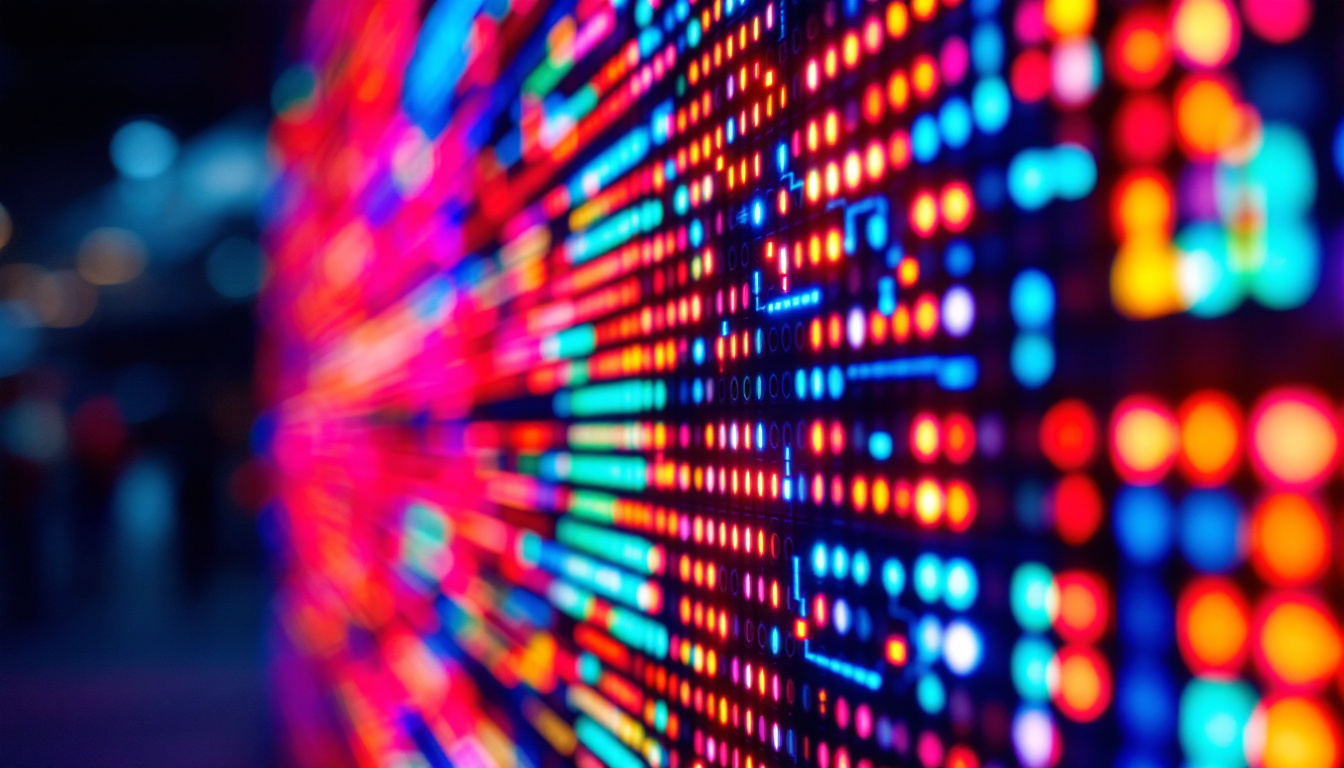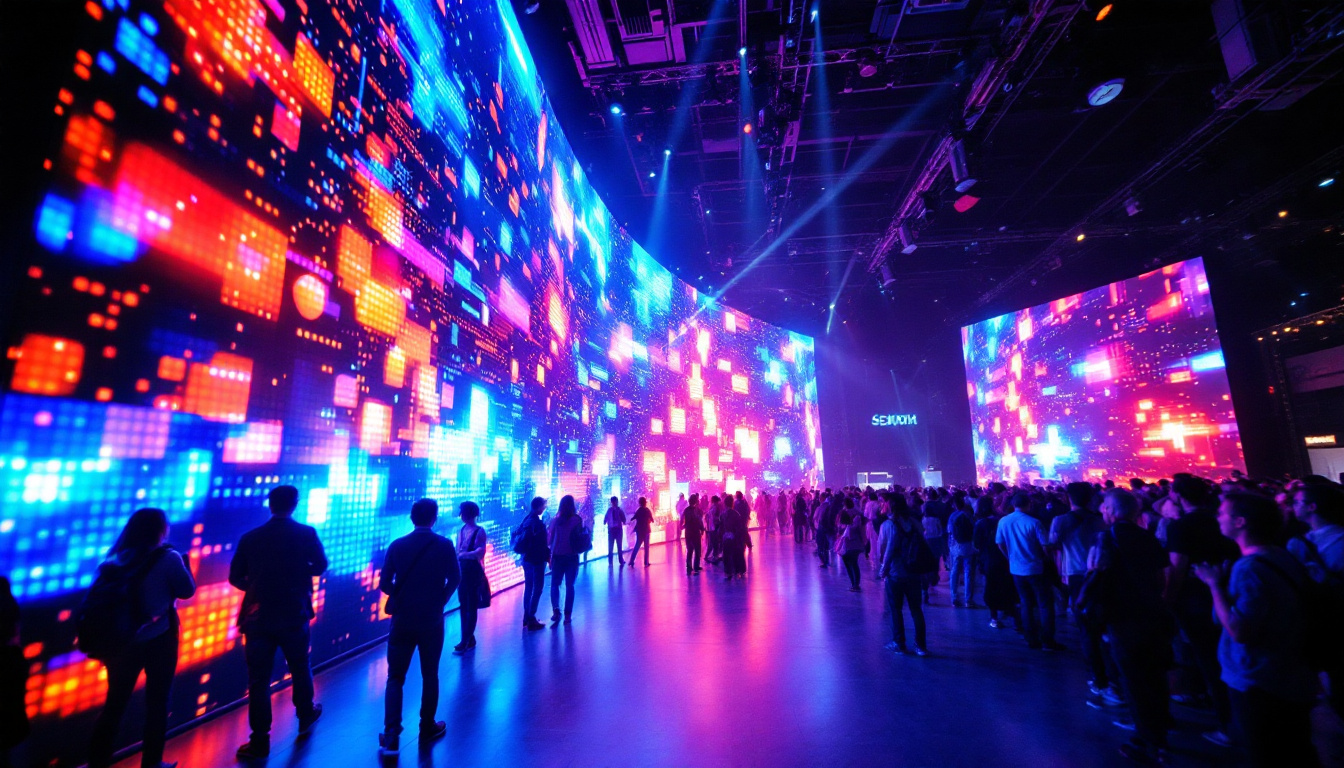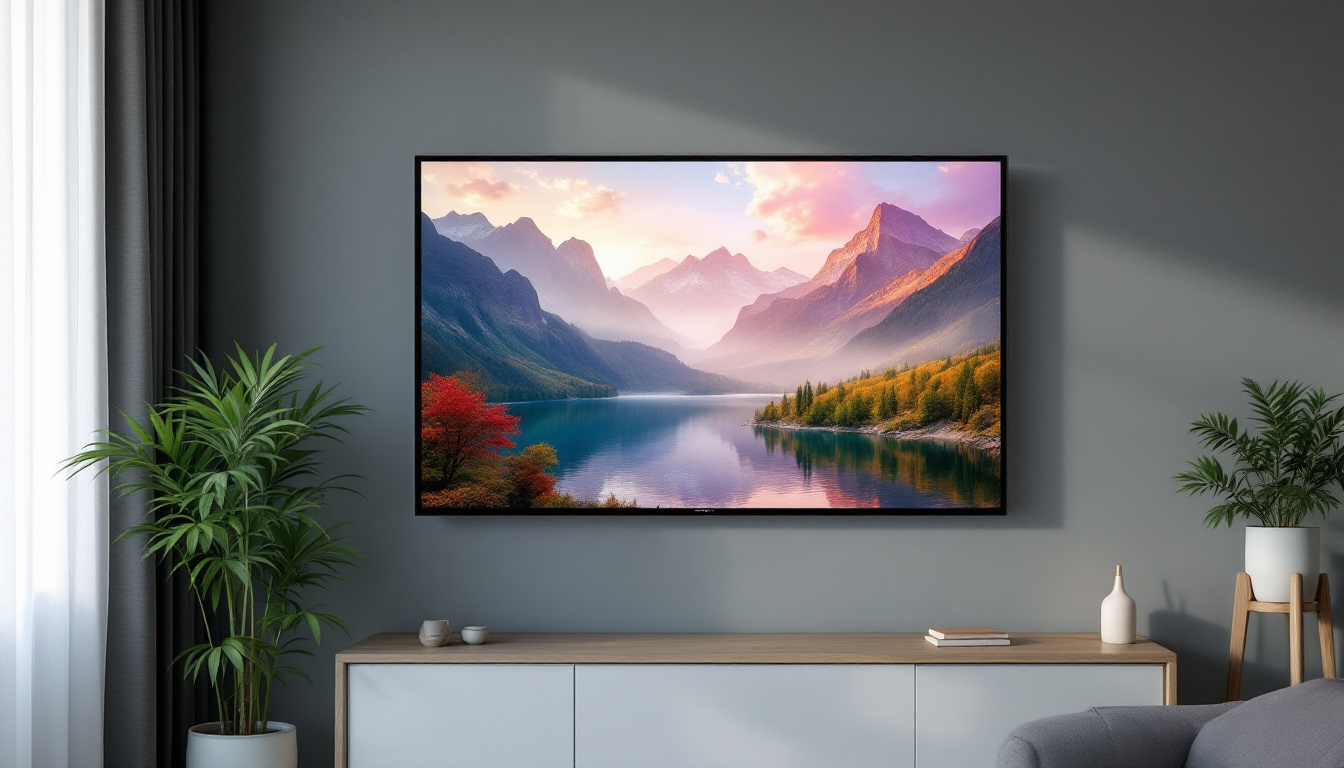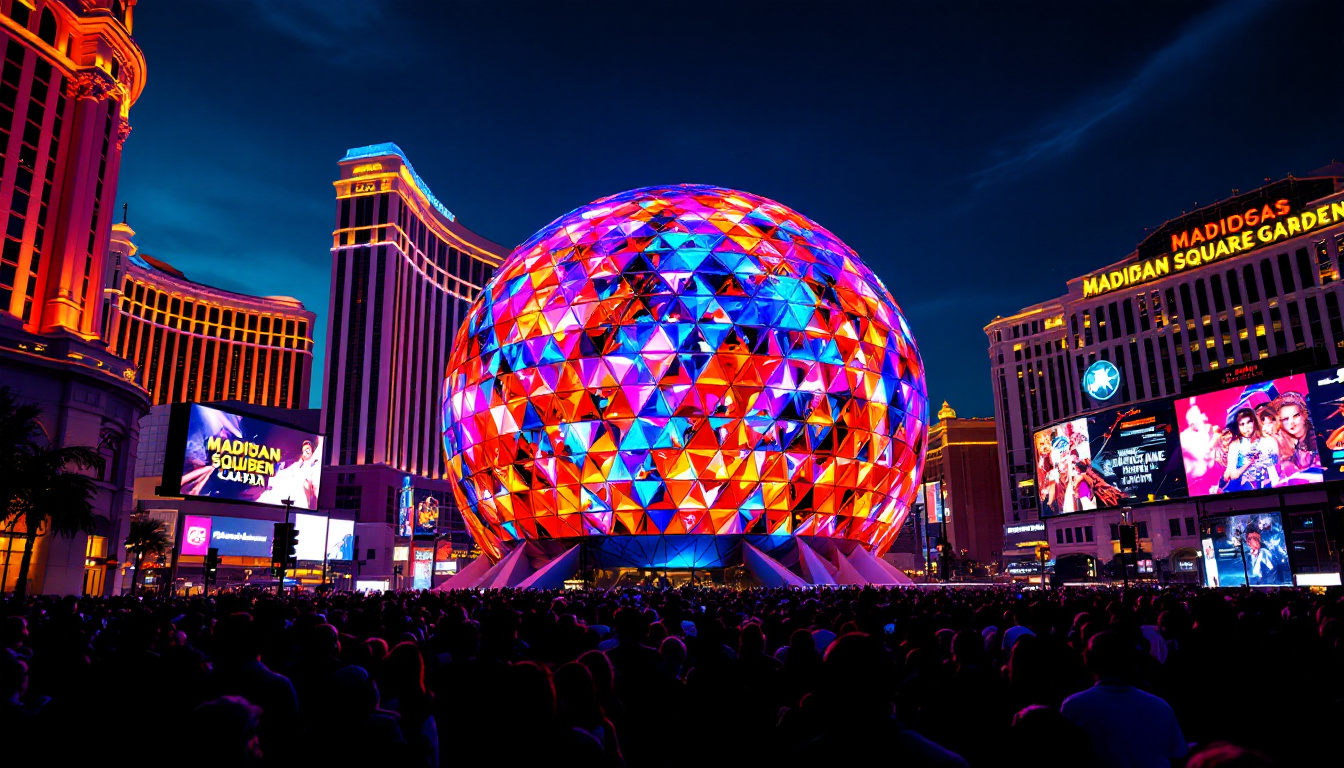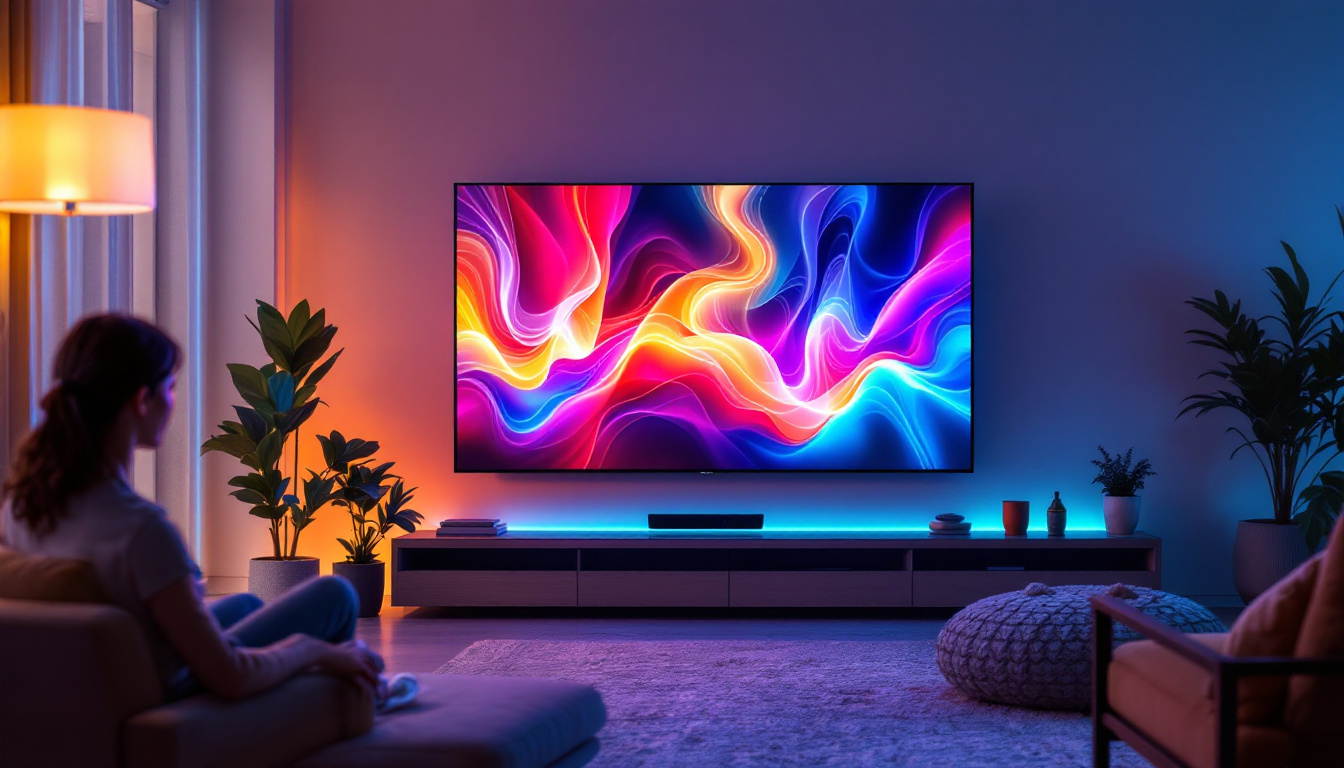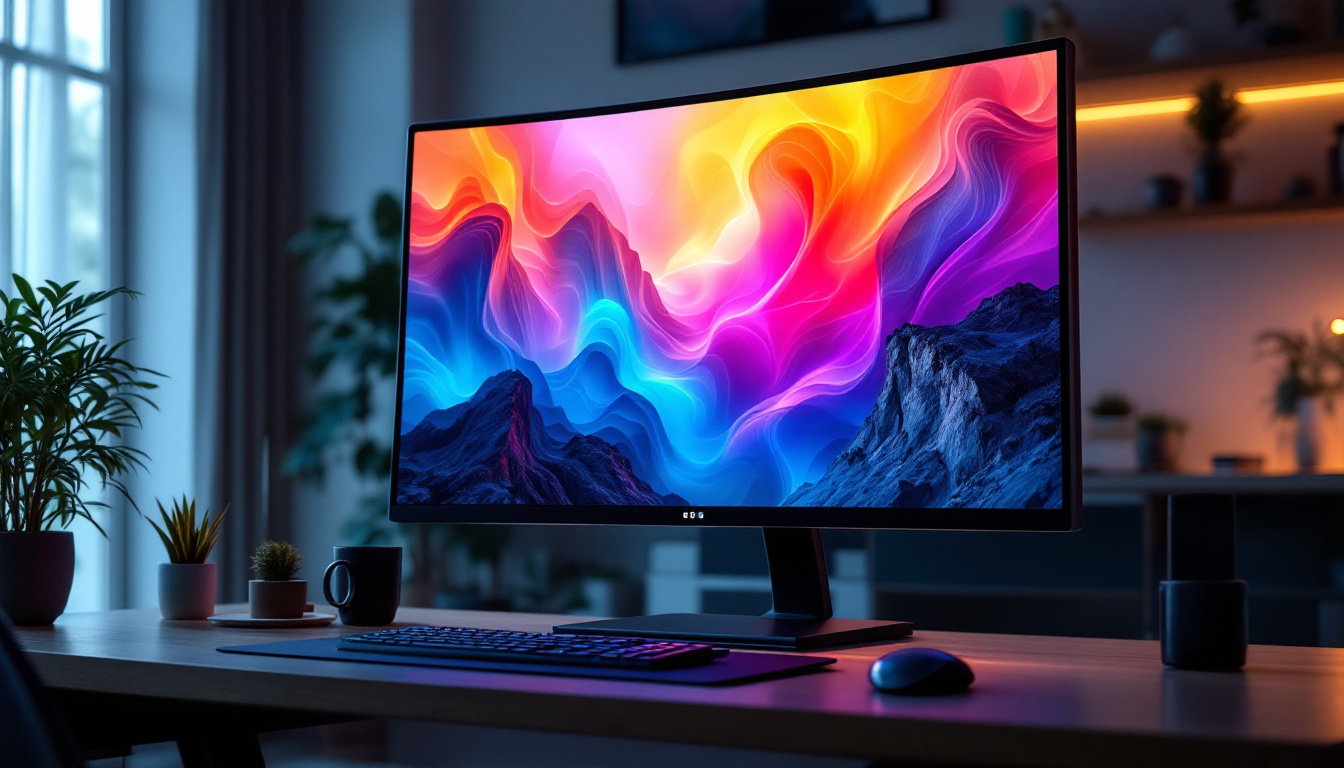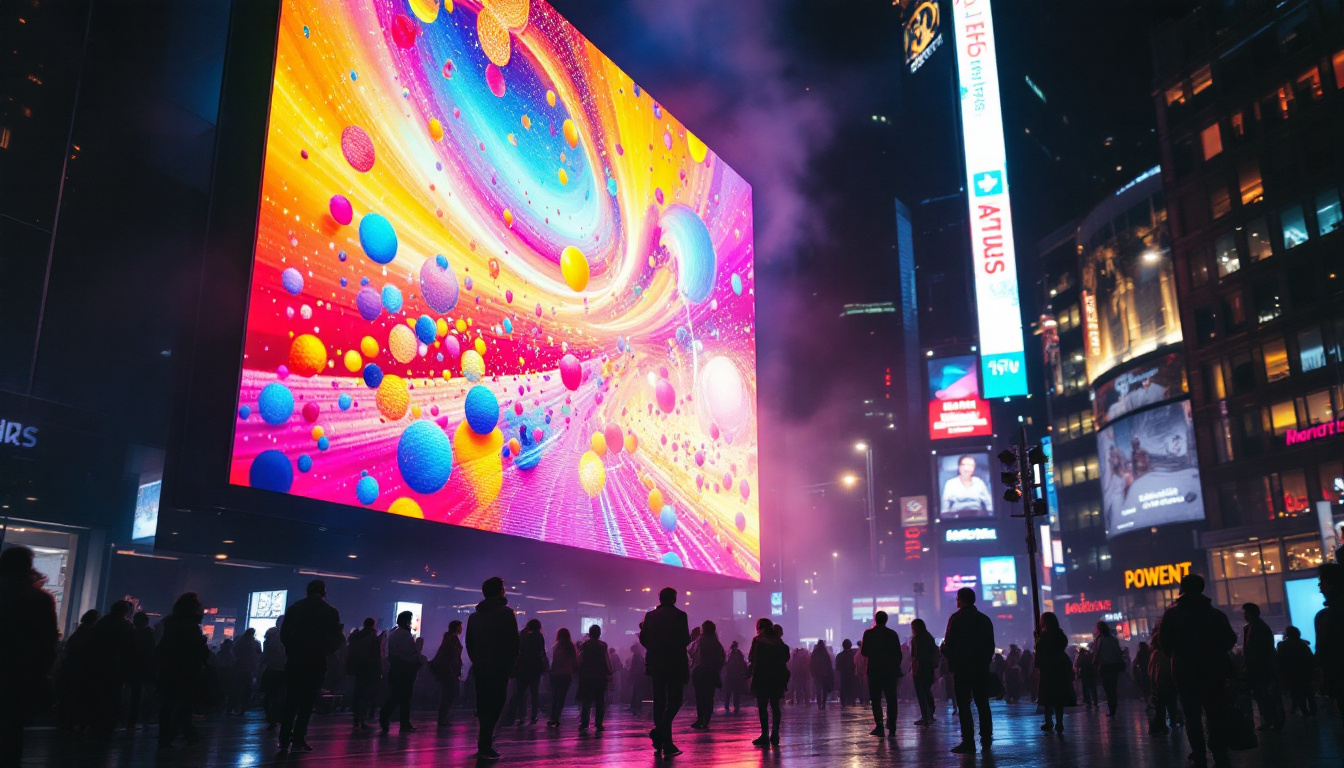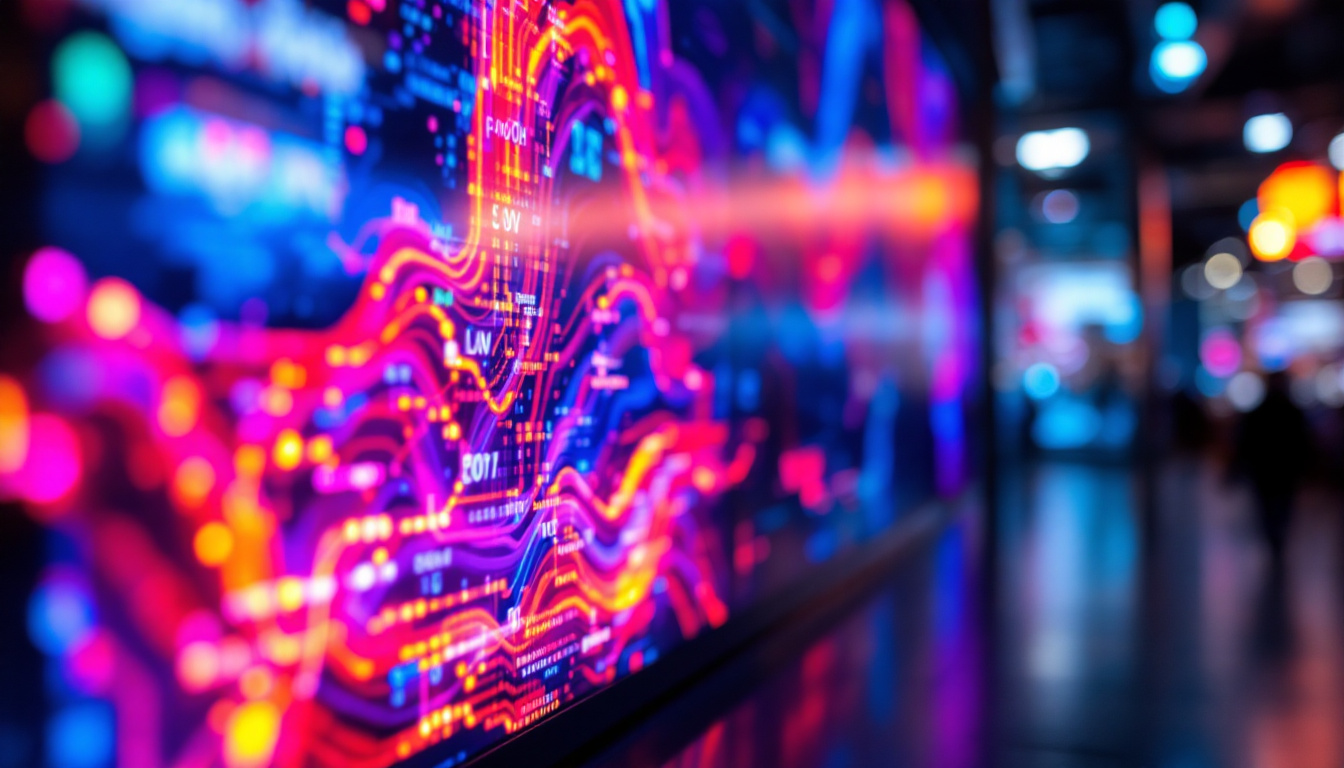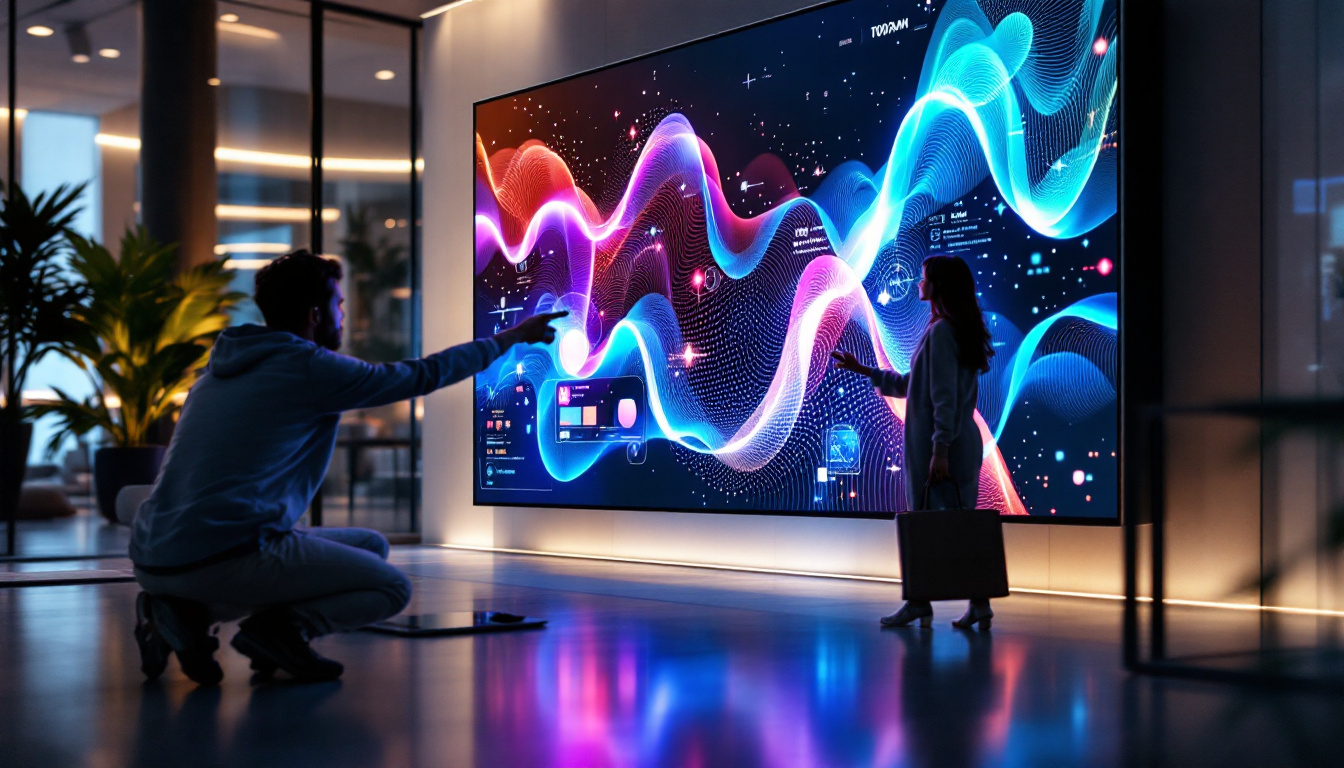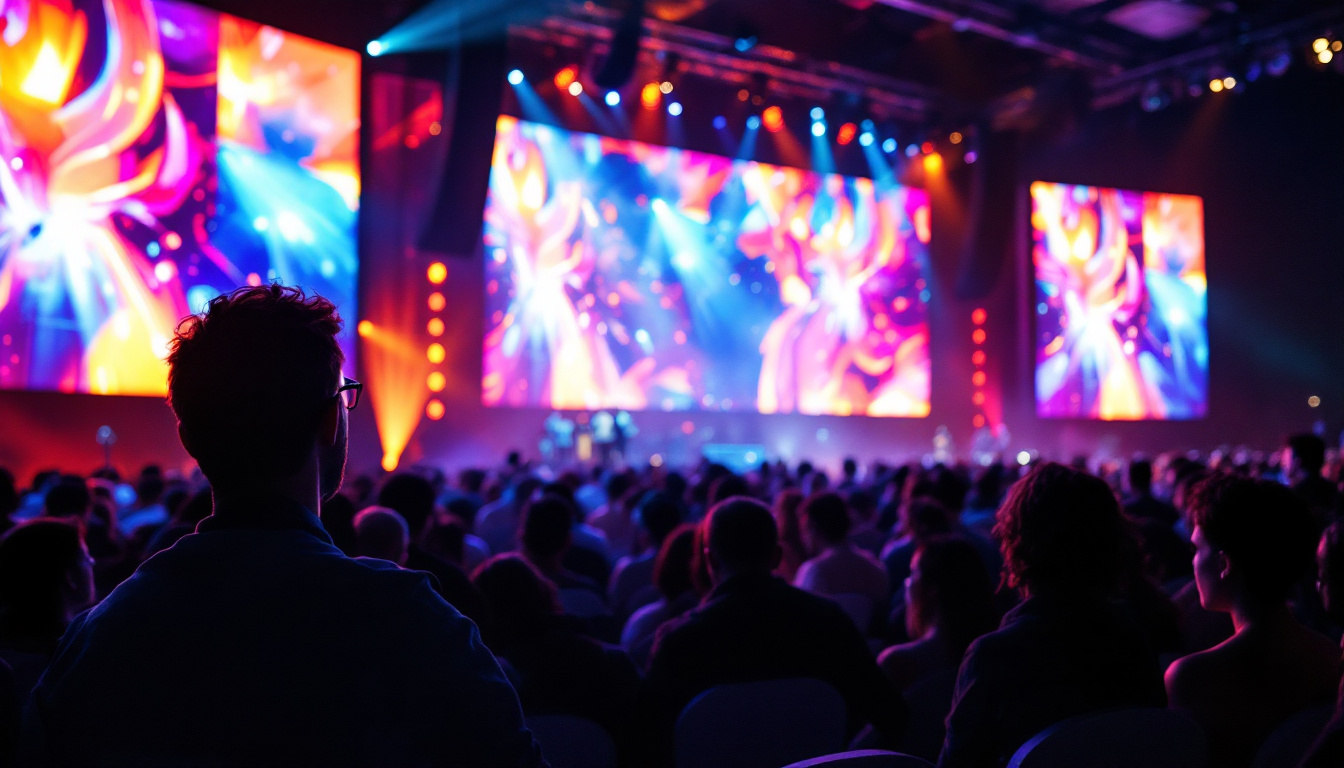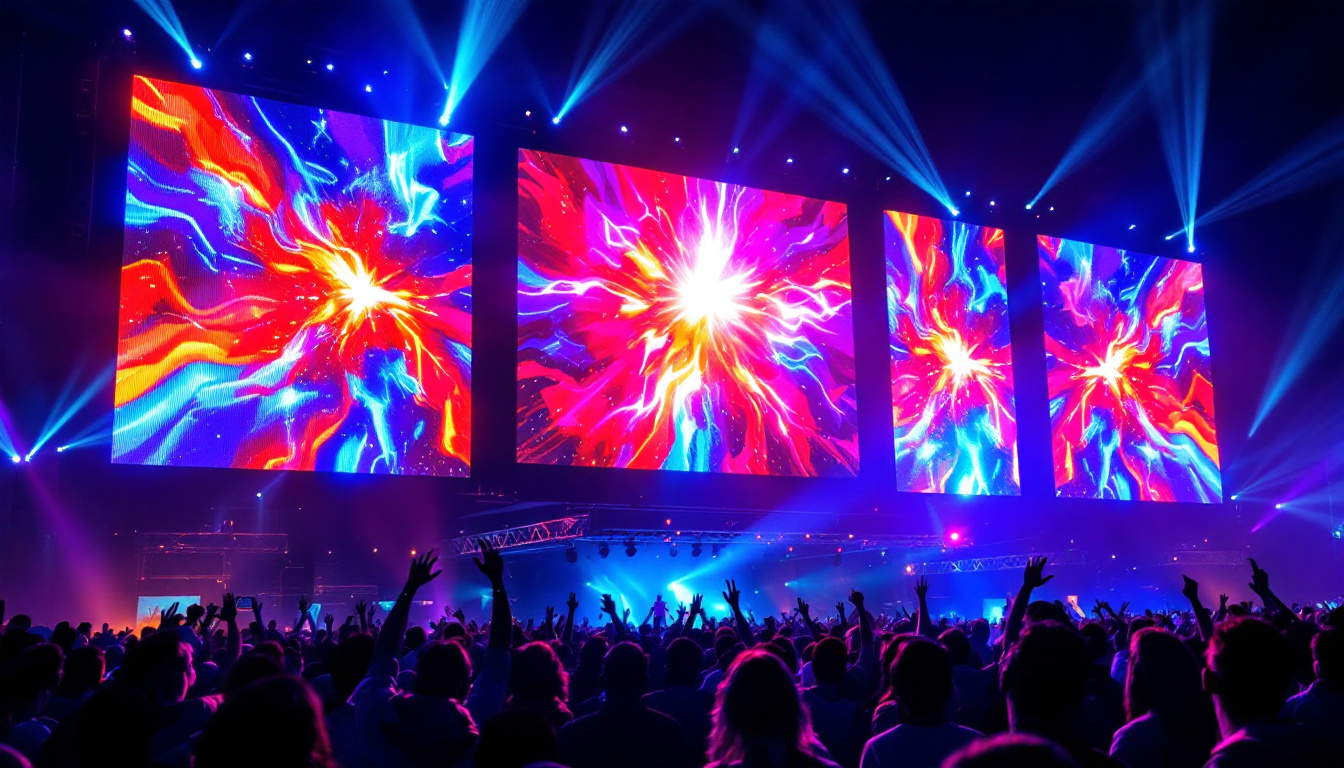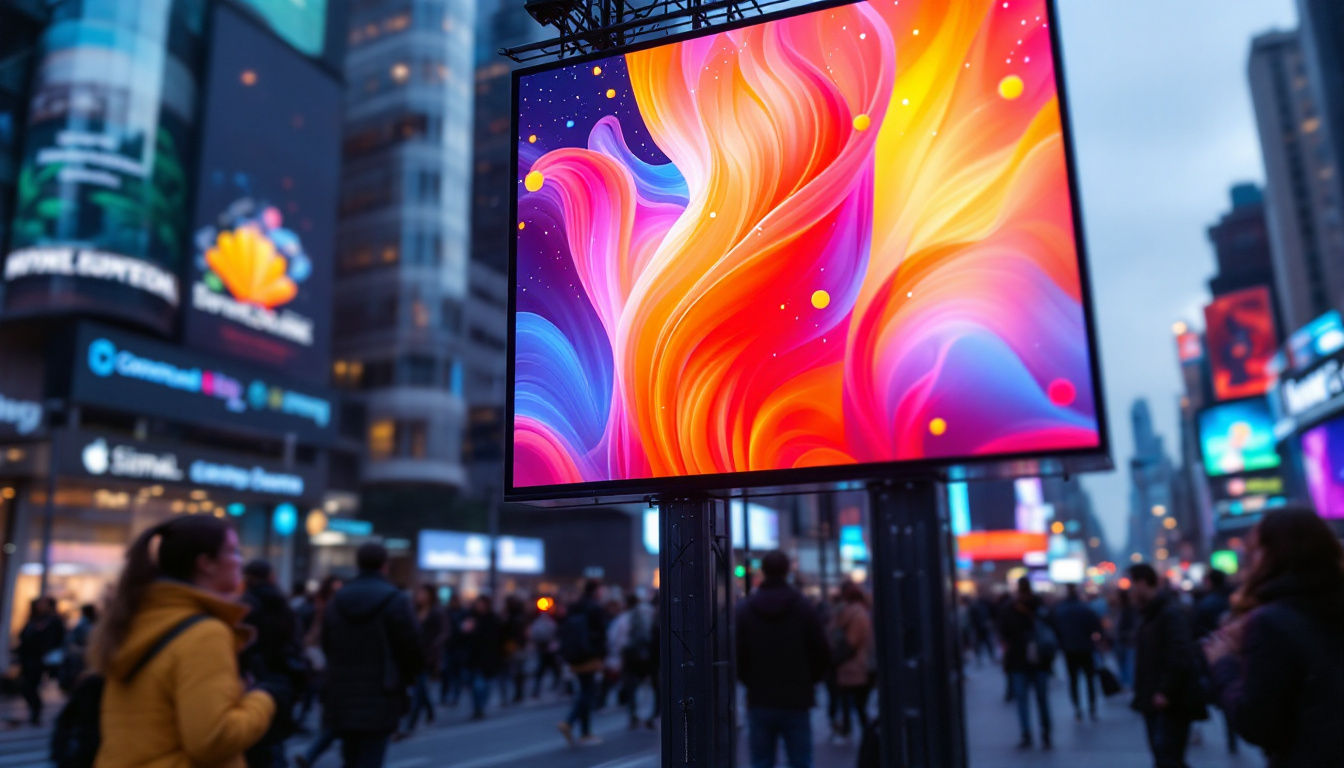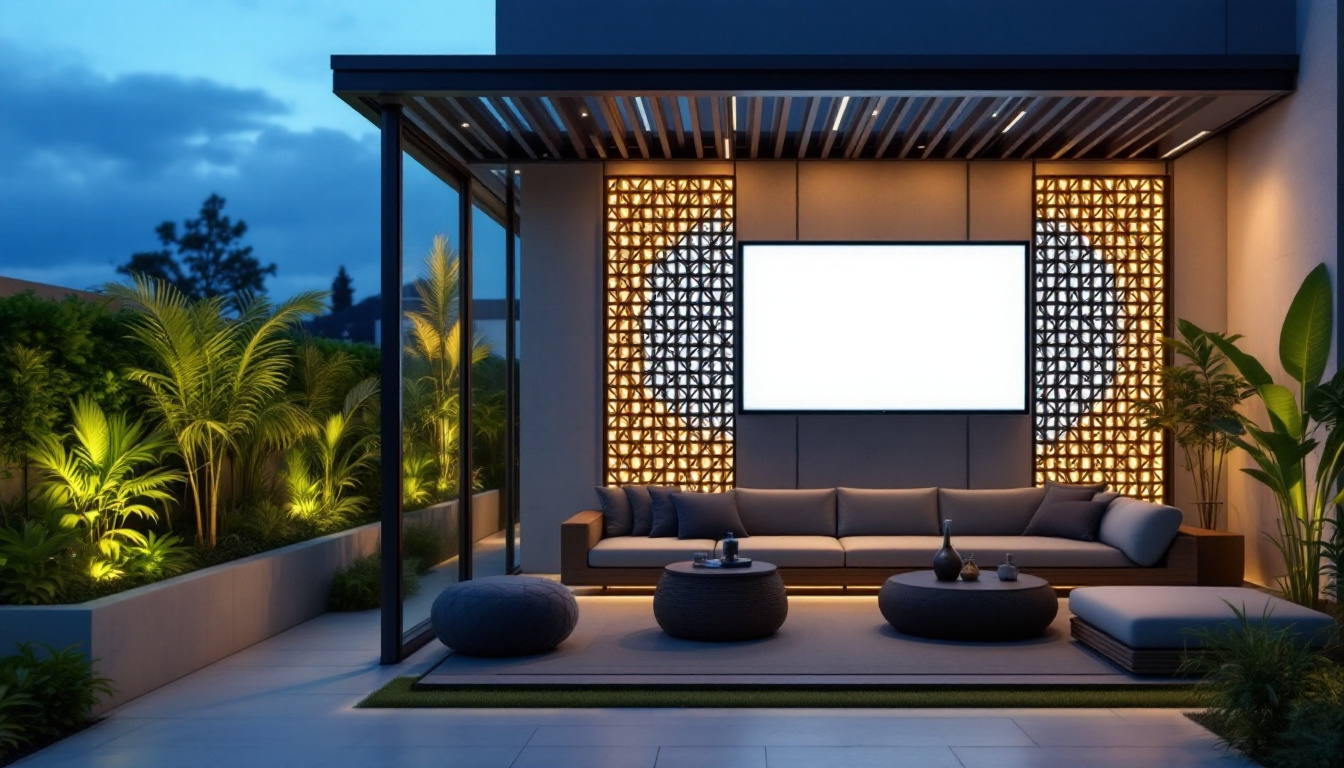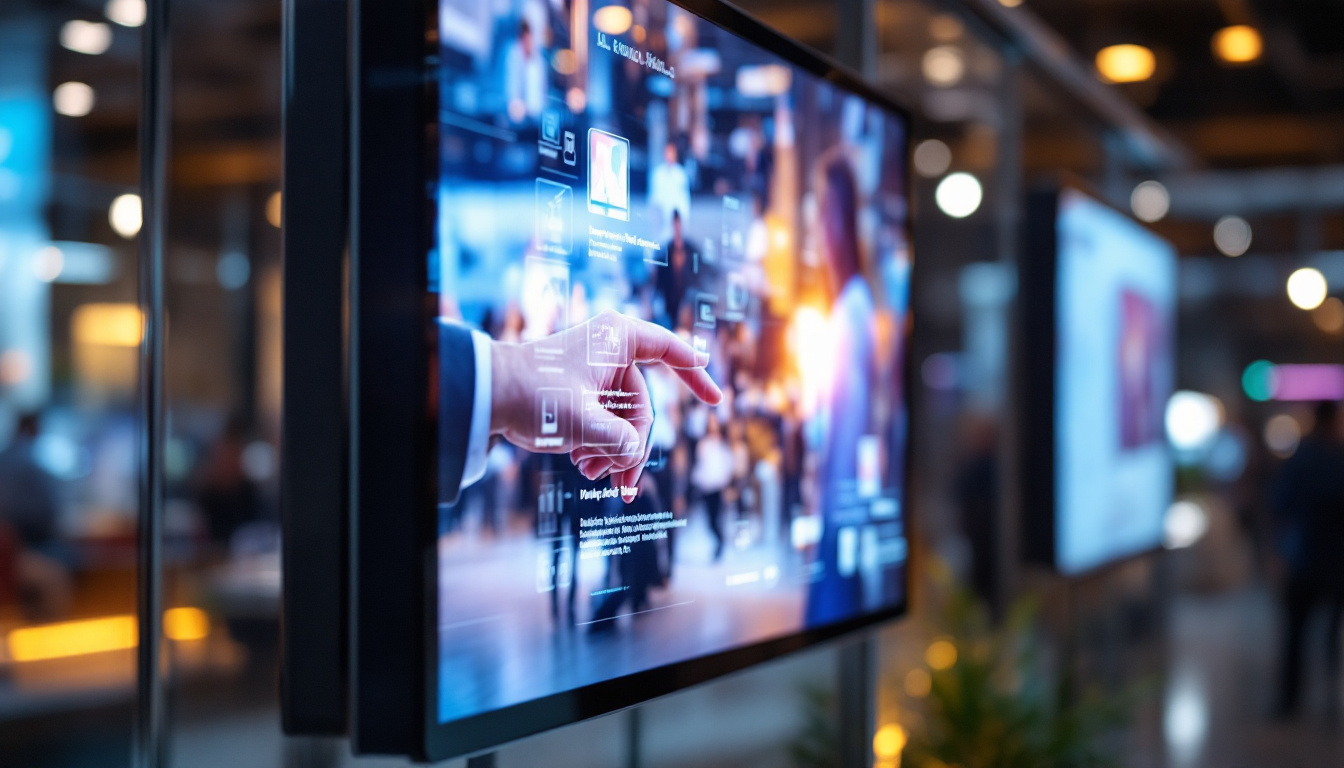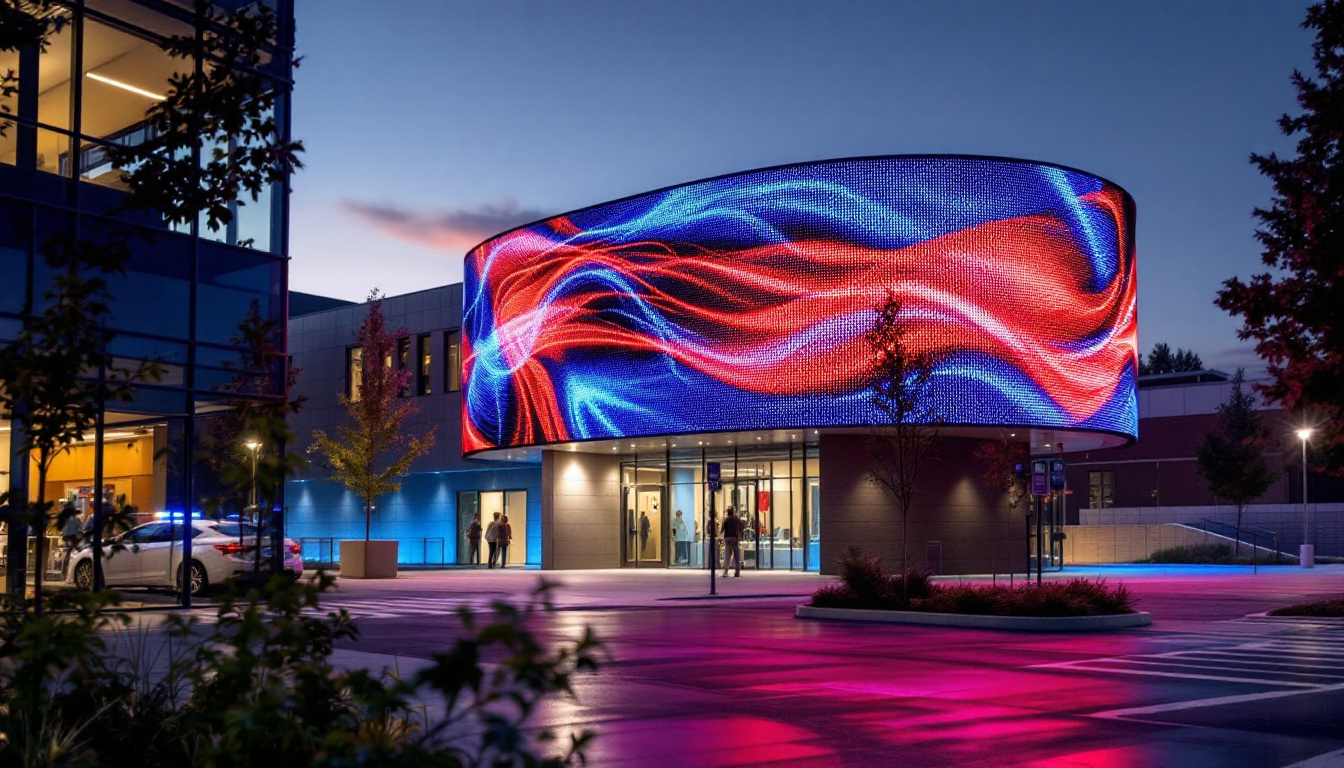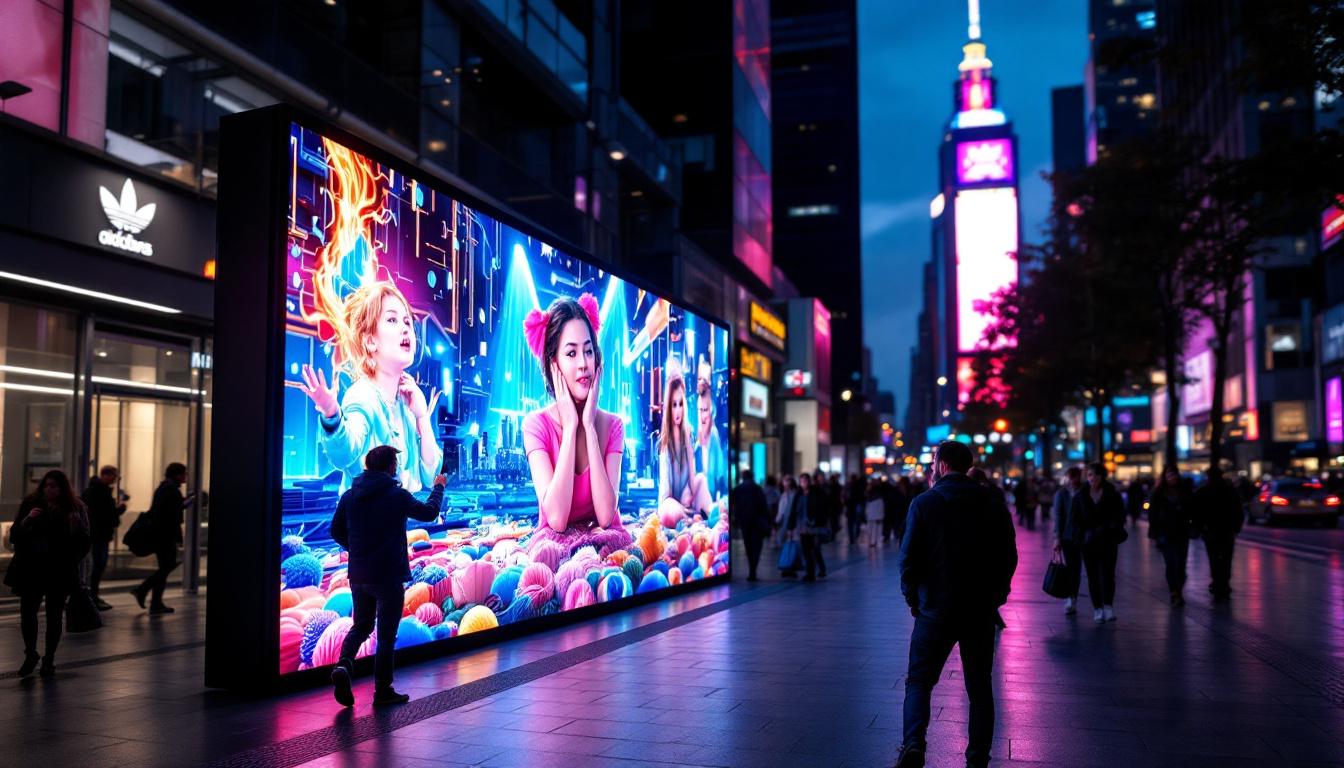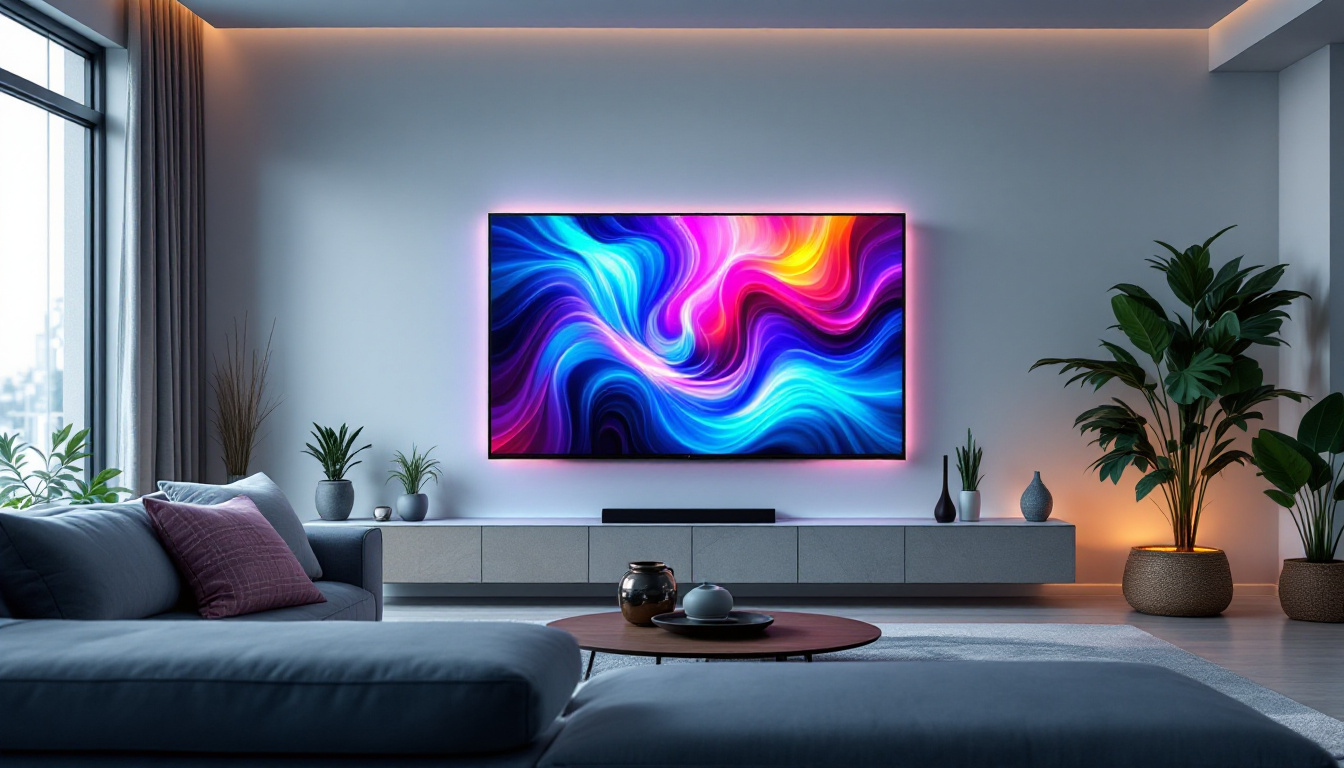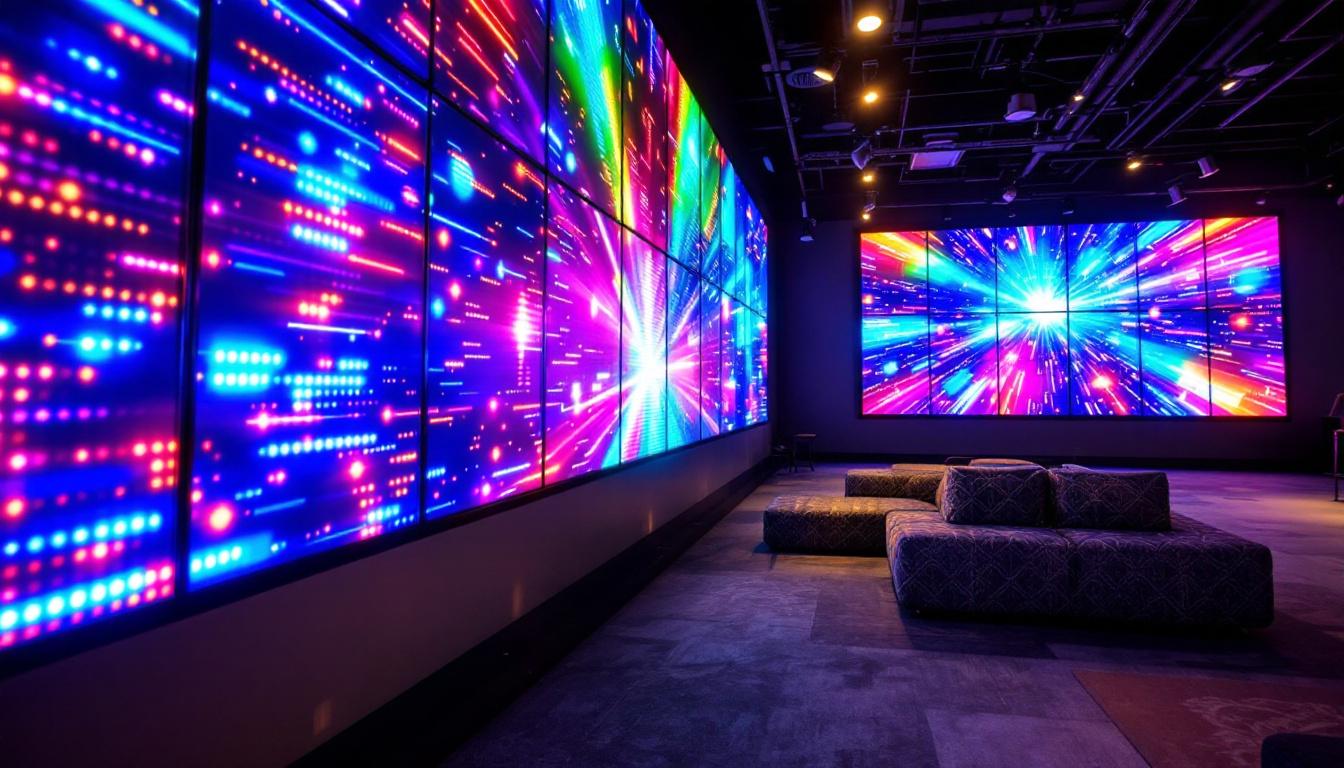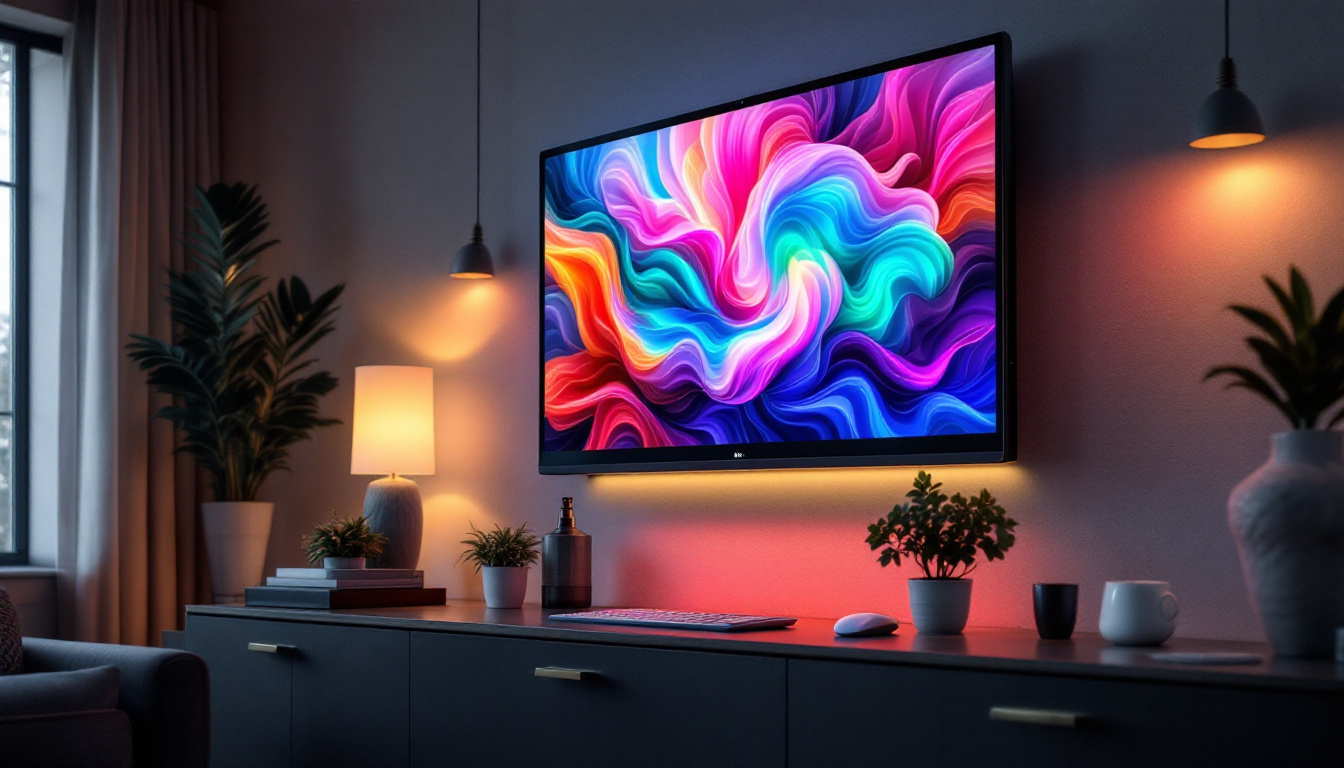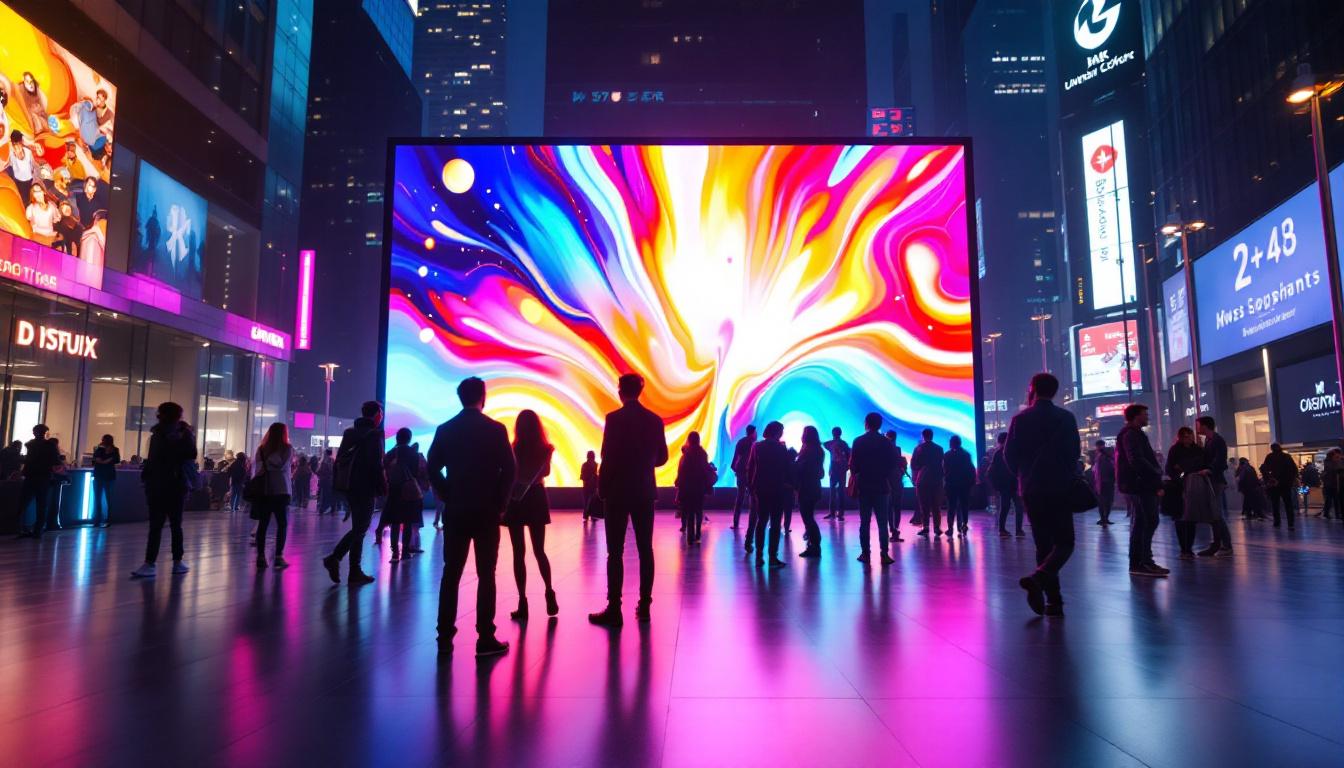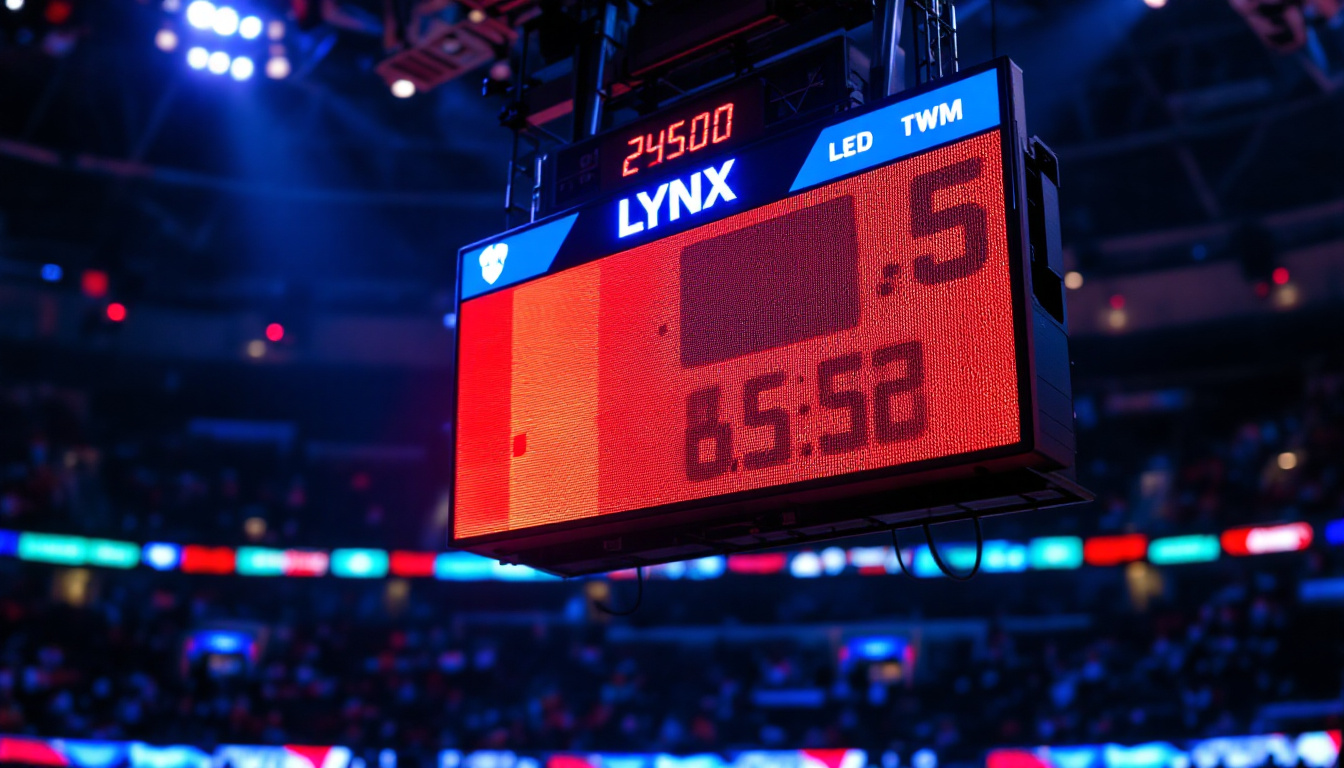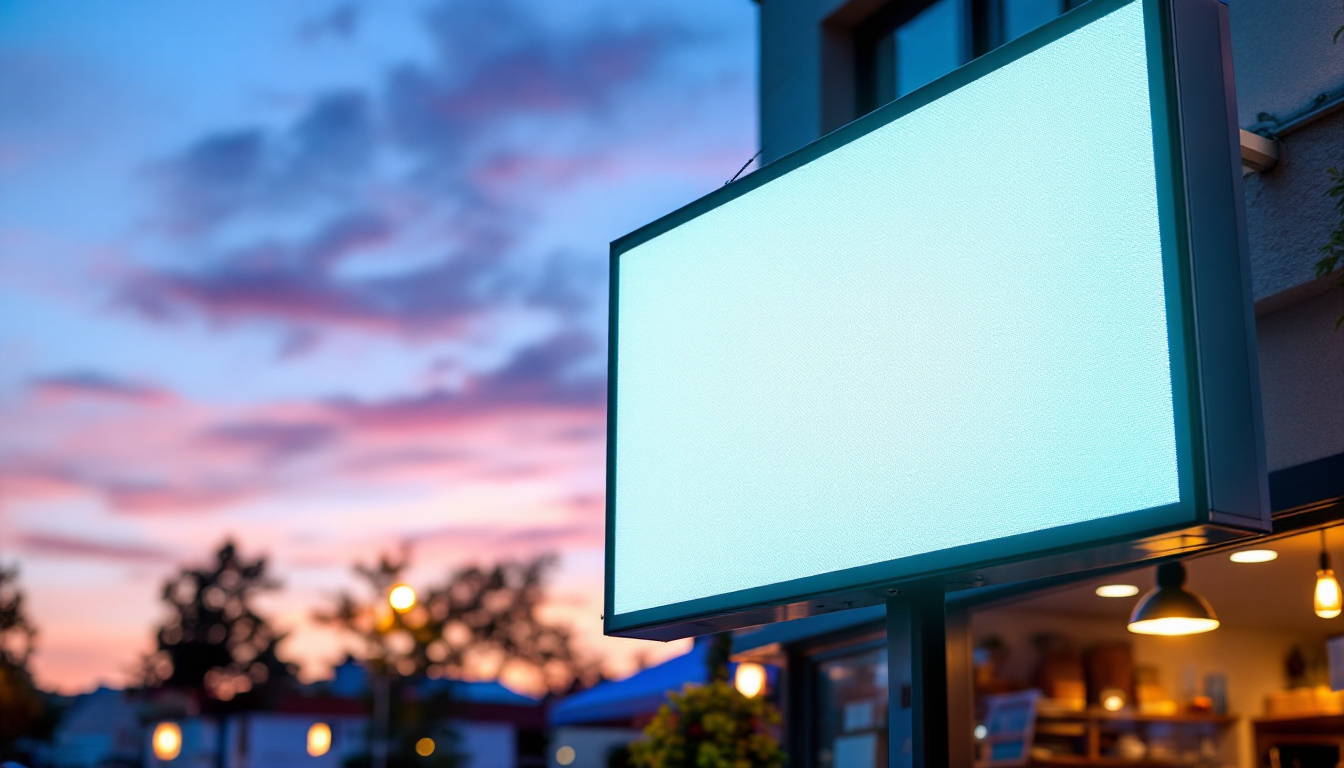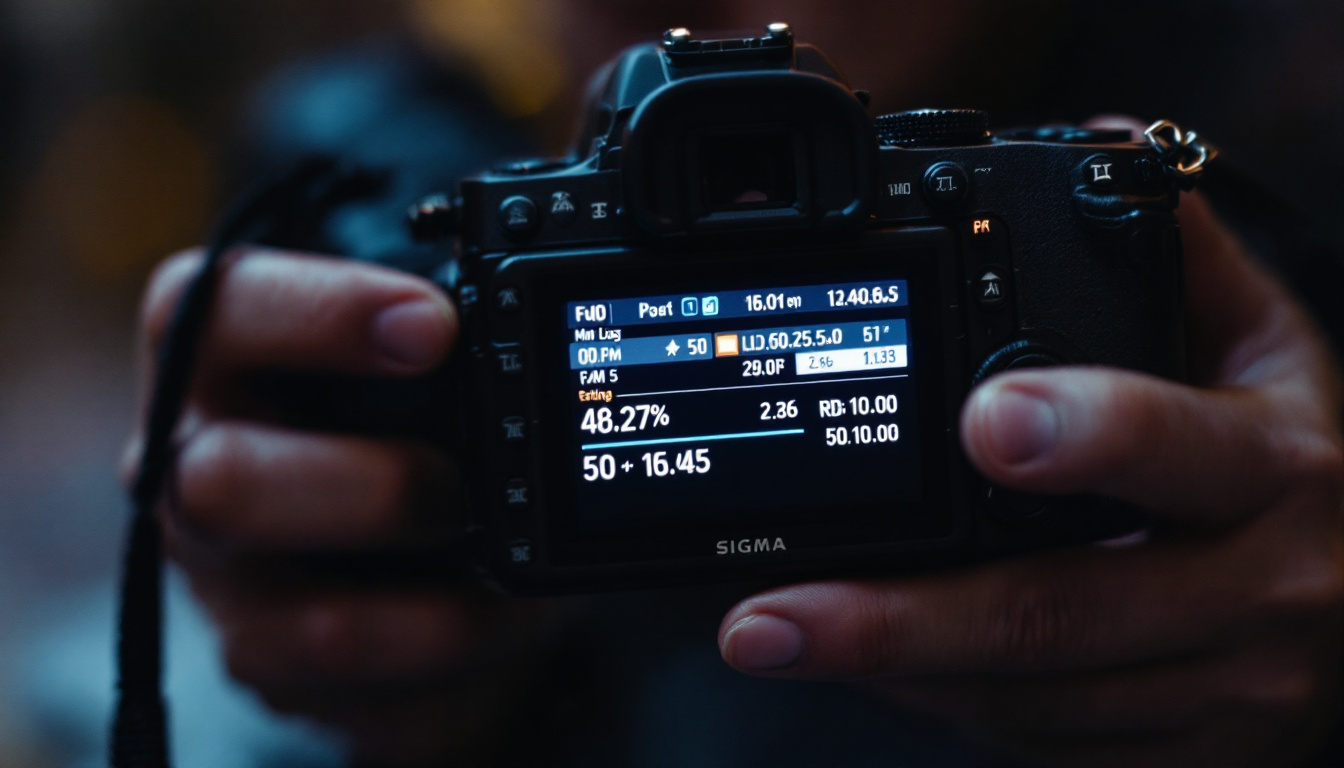In the world of digital displays, LED technology has revolutionized how information is conveyed visually. From advertising billboards to television screens, the pixel density and quality of LED displays play a crucial role in delivering clear and vibrant images. This article delves into the intricacies of LED displays, focusing on pixel density, types of LEDs, and their applications in various industries.
Understanding LED Technology
Light Emitting Diodes (LEDs) are semiconductor devices that emit light when an electric current passes through them. This technology has evolved significantly over the years, leading to the development of various types of LED displays that cater to different needs and environments. From energy efficiency to longevity, LEDs have revolutionized the way we think about lighting and display technology, making them an integral part of modern life.
The Basics of LED Displays
LED displays consist of numerous tiny light-emitting diodes arranged in a grid format. Each diode represents a pixel, and together they create images and videos. The quality of the display is often determined by the pixel pitch, which is the distance between the centers of two adjacent pixels. A smaller pixel pitch results in higher pixel density, leading to sharper images. This characteristic is particularly important in applications where clarity and detail are paramount, such as in digital signage and high-definition television screens.
LED displays can be categorized into two main types: direct view and backlit. Direct view LED displays use individual LEDs to create images, while backlit displays utilize LEDs to illuminate an LCD panel from behind. Each type has its advantages and disadvantages, depending on the intended use. For instance, direct view displays are often brighter and more vibrant, making them ideal for outdoor settings, while backlit displays can achieve deeper blacks and better contrast ratios, which are essential for cinematic experiences.
Types of LED Displays
There are several types of LED displays, each designed for specific applications. Understanding these types can help businesses and consumers make informed decisions when selecting a display for their needs. Each type offers unique features that cater to different environments and user requirements, enhancing the overall viewing experience.
- Outdoor LED Displays: Designed to withstand harsh weather conditions, outdoor LED displays are often used for advertising and public information. They typically have a larger pixel pitch to ensure visibility from a distance. These displays are engineered to be water-resistant and UV-protected, ensuring they maintain their vibrant colors and functionality even under direct sunlight.
- Indoor LED Displays: These displays are used in venues such as theaters and conference rooms. They have a smaller pixel pitch, providing higher resolution and better image quality for close viewing. Indoor LED displays can also be designed to be lightweight and modular, allowing for flexible configurations that can adapt to various spatial requirements.
- Transparent LED Displays: A relatively new innovation, transparent LED displays allow for visibility through the screen while still delivering vibrant images. They are commonly used in retail environments to create eye-catching displays without obstructing the view of products. This technology not only enhances the aesthetic appeal of retail spaces but also provides an interactive experience for customers, as they can see products behind the display while engaging with the content shown.
In addition to these types, there are also specialized LED displays such as flexible LED screens, which can be bent and shaped to fit unconventional spaces, and high dynamic range (HDR) LED displays that offer enhanced color accuracy and contrast. These advancements continue to push the boundaries of what is possible with LED technology, making it an exciting field for both consumers and manufacturers alike.
Pixel Density and Its Importance
Pixel density, measured in pixels per inch (PPI), is a critical factor in determining the quality of an LED display. Higher pixel density results in sharper images and better color accuracy, making it essential for applications where detail is paramount.
How Pixel Density Affects Image Quality
The relationship between pixel density and image quality is straightforward: the more pixels packed into a given area, the clearer and more detailed the image will appear. For instance, a display with a pixel pitch of 2.5 mm will have a higher pixel density than one with a pixel pitch of 10 mm, resulting in a more refined visual experience.
In environments like galleries or high-end retail stores, where image quality can significantly impact customer perception, investing in displays with higher pixel density is often worth the cost. Conversely, for applications where the audience views the display from a distance, such as outdoor advertising, a lower pixel density may suffice.
Calculating Pixel Density
To calculate pixel density, one can use the formula:
Pixel Density (PPI) = (√(Width² + Height²)) / Diagonal Size
Where width and height are measured in pixels, and diagonal size is measured in inches. This calculation helps in comparing different displays and determining which one meets specific requirements.
Applications of LED Displays
LED displays have found applications across various sectors, each leveraging the unique benefits of this technology. From entertainment to information dissemination, their versatility is unmatched.
Advertising and Marketing
One of the most prominent uses of LED displays is in advertising. Billboards and digital signage have transitioned from traditional methods to dynamic LED solutions that can capture attention more effectively. The ability to change content quickly and display vibrant colors makes LED displays ideal for marketing campaigns.
Moreover, the high visibility of outdoor LED displays ensures that advertisements reach a broader audience, making them a cost-effective choice for businesses aiming to maximize exposure.
Entertainment and Events
In the entertainment industry, LED displays are commonly used in concerts, sporting events, and festivals. They provide a visually stunning backdrop and enhance the overall experience for attendees. The ability to display high-resolution videos and graphics in real-time allows event organizers to engage the audience more effectively.
Additionally, LED screens are increasingly used in theaters for stage productions, providing dynamic scenery and effects that enhance storytelling.
Transportation and Public Information
LED displays are also vital in transportation, providing real-time information to commuters. From train stations to airports, these displays convey crucial information such as arrival and departure times, delays, and emergency announcements. Their visibility and clarity ensure that passengers receive timely updates, enhancing the overall travel experience.
Advantages of LED Displays
The rise of LED displays can be attributed to several advantages they offer over traditional display technologies. Understanding these benefits can help businesses and consumers appreciate the value of investing in LED technology.
Energy Efficiency
One of the most significant advantages of LED displays is their energy efficiency. Compared to traditional lighting technologies, LEDs consume significantly less power, leading to lower operational costs. This efficiency not only benefits the environment but also results in substantial savings for businesses that rely on large displays.
Longevity and Durability
LED displays are known for their longevity. With a lifespan of up to 100,000 hours, they outlast many traditional display technologies. This durability is particularly beneficial for outdoor applications, where displays are exposed to harsh weather conditions.
Furthermore, LED technology is more resistant to shock and vibration, making it suitable for various environments, including transportation and industrial settings.
Challenges and Considerations
Despite their numerous advantages, LED displays are not without challenges. Understanding these challenges can help users make informed decisions and optimize their display solutions.
Initial Investment Costs
The initial investment for LED displays can be higher than traditional display technologies. While the long-term savings in energy and maintenance costs are significant, the upfront costs may deter some businesses. However, it is essential to view this as a long-term investment rather than a short-term expense.
Viewing Angles and Color Consistency
Another challenge with LED displays is the viewing angle. While many modern LED displays offer wide viewing angles, some lower-quality models may suffer from color distortion when viewed from the side. It is crucial to test displays in various lighting conditions and angles to ensure they meet the intended use.
The Future of LED Displays
As technology continues to evolve, the future of LED displays looks promising. Innovations in pixel technology, energy efficiency, and design are paving the way for even more advanced solutions.
MicroLED Technology
MicroLED technology is one of the most exciting advancements in the LED display industry. This technology utilizes tiny micro-sized LEDs to create displays with unparalleled resolution and color accuracy. MicroLEDs promise to deliver even better performance than current LED technologies, making them a potential game-changer for various applications.
Integration with Smart Technologies
The integration of LED displays with smart technologies is another trend gaining traction. As the Internet of Things (IoT) continues to expand, LED displays can be connected to various devices and systems, allowing for real-time updates and interactivity. This integration can enhance user engagement and provide valuable data for businesses.
Conclusion
LED displays have transformed the way information is presented and consumed. With their numerous advantages, including energy efficiency, longevity, and versatility, they have become the go-to solution for a wide range of applications. Understanding pixel density, types of LED displays, and their advantages can help individuals and businesses make informed decisions when selecting display solutions.
As technology continues to advance, the future of LED displays holds great promise, with innovations such as MicroLED and smart technology integration on the horizon. Embracing these advancements will ensure that users remain at the forefront of visual communication, enhancing experiences across various sectors.
Discover the Future of Visual Communication with LumenMatrix
Ready to elevate your visual presence and captivate your audience with the latest in LED display technology? LumenMatrix is at the forefront of innovation, offering a diverse range of LED display solutions that cater to every need—be it Indoor LED Wall Displays, Outdoor LED Wall Displays, or specialized options like Vehicle LED Displays and LED Sports Displays. Our mission is to transform your visual communication, ensuring your message resonates with clarity and impact. Don’t miss out on the opportunity to enhance your brand visibility. Check out LumenMatrix LED Display Solutions today and join the revolution in digital signage and display technology.

